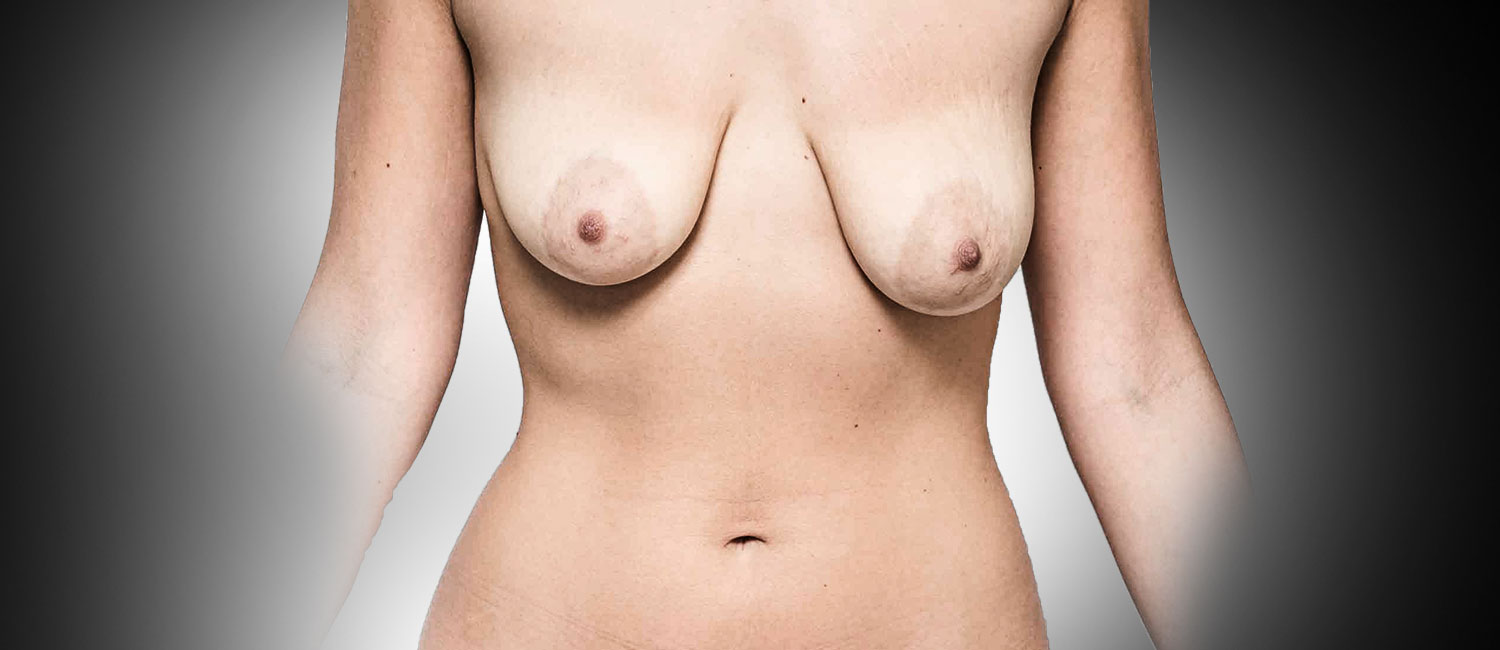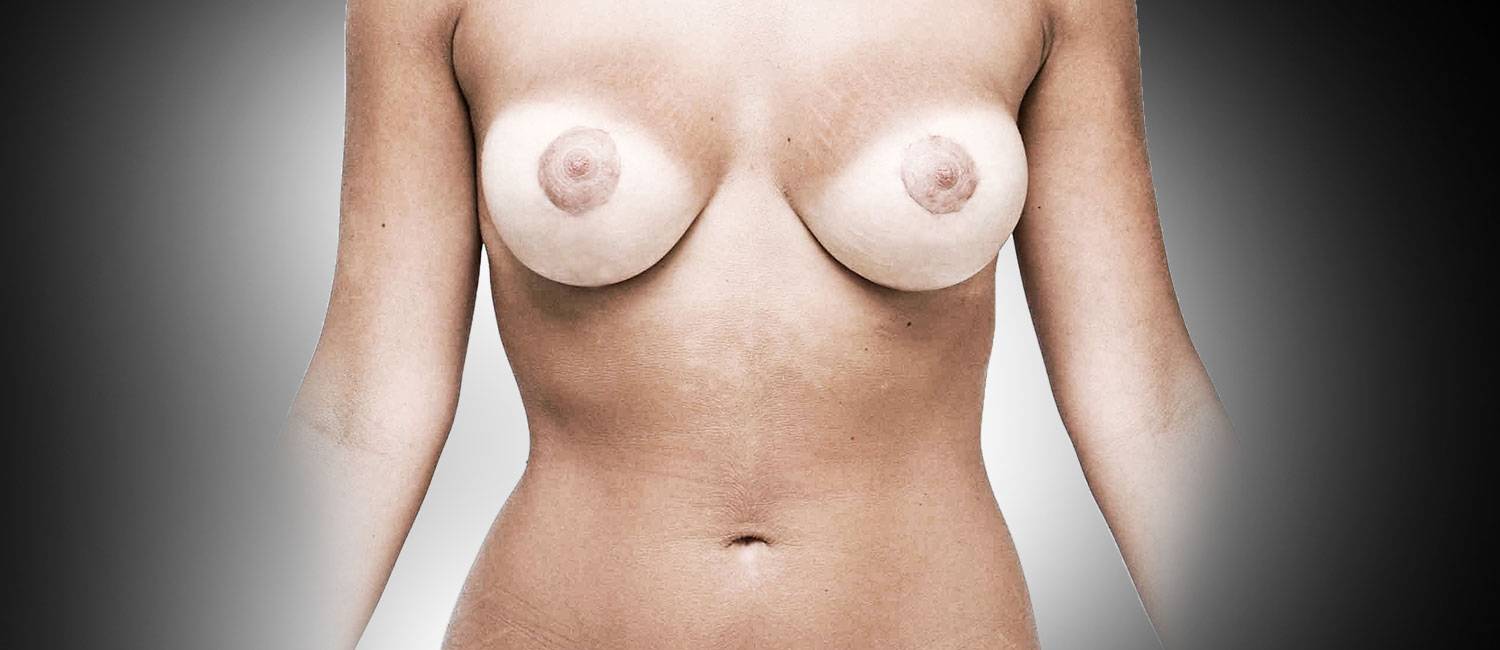MASTOPEXY
BREAST RELAXATION
MASTOPEXY
Over the years the breast loses its tone and its original shape due to qualitative variations of the two main components that make them up: the skin (the containing) and the glandular-adipose mass (the contents). In addition, different factors variously combined such as pregnancy, lactation, important changes in body weight, the force of gravity and the natural aging processes, can cause a decrease in the thickness and elasticity of the skin.
In all these cases the restoration of the original shape is pursued by “mastopexy” surgery, which consists in the removal of the exuberant skin, in the repositioning in the correct place of the areola-nipple complex and normally also in the remodeling of the glands.
read more
WHEN MASTOPEXY SURGERY IS RECOMMENDED
Mastopexy is a surgical intervention that is recommended when the breast has a moderate or severe degree of ptosis (sagging). When the degree of ptosis is mild, mastopexy surgery is carried out only after thorough examination of the surgical technique and its results.
DEGREE OF PTOSIS OF THE BREAST
Ptosis is classified into 3 degrees: mild, moderate and severe. The transition from one degree to another is established by increasing the distance between the nipple and collarbone. Pseudoptosis, on the other hand, presents a regular maintenance of this distance, with loss of trophism of the glandular and adipose tissue of the breast that gives a sagging appearance.
To find out whether or not in your clinical case there is a need for mastopexy surgery, you can book a visit or request a consultation online. In some cases, in fact, other alternative procedures may be suggested.
MASTOPEXY – MEDICAL SURGICAL EXAMINATION
The first step to reshape the sagging breast is the visit with the Surgeon. During the consultation, the surgeon will show you if your clinical case is suitable for mastopexy surgery and if the anatomical conditions exist to achieve a valuable and admirable result. The advice is always to prepare questions and any doubts to be asked to the surgeon, before undergoing mastopexy surgery.
read more
During the medical examination you will be given a detailed description of the modern techniques that will be applied to your clinical case, possible risks and complications and scarring outcomes, which may occur during mastopexy surgery. Modern HD programming techniques can also allow you to visualize the desired result.
Before mastopexy surgery, all blood tests and ECGs listed and proposed at the first visit should be carried out to demonstrate that your degree of physical health is compatible with mastopexy surgery. They are designed according to volumetric requirements, bras and elastic bands to measure.
Numerous HD images will be taken for planning an increasingly personalized course of treatment before undergoing mastopexy.
MASTOPEXY – INFORMED CONSENT
MASTOPEXY – CLINICAL INVESTIGATIONS
Before and after
HOSPITALIZATION OF THE PATIENT
read more
ANAESTHESIA
MASTOPEXY – SURGERY
POST-OPERATIVE MASTOPEXY
read more
Dr. Mattia Colli will prescribe all the drugs that will accompany the patient from her discharge from breast augmentation surgery. During her recovery she will be personally followed by Dr. Mattia Colli and his team for any doubt or clarification on the dosage and timing of taking the drugs.
In the post-operative mastopexy, it is necessary to avoid for physical exertion for a few days that can stretch the scar and slow down the healing process. A few days after mastopexy surgery, the patient will be able to lift weights, as well as be able to drive and move freely, always maintaining a certain degree of attention on the dressing of wounds. Sports, competitive or amateur activities, saunas and Turkish baths must be suspended (about 7 days) to prevent sweat from infecting or delaying the healing of the wound as well as wide and abrupt movements with open arms in order to allow a healing without traction and therefore more linear and thin.
After mastopexy surgery, temporarily a greater or lesser sensitivity of the nipples may occur, which in any case is part of the sensory normality at the end of the healing process.
Pain in mastopexy surgery is non-existent or mild. In some special cases, pain medications are provided and prescribed to patients.
In the stage of surgical wound closure in mastopexy surgery, the surgeon performs special and innovative suturing techniques in order to approach the skin flaps and make the scar as less visible as possible.
The healing phase, after the mastopexy surgery, is not abandoned to the natural evolutionary course, but the patient is followed even at this time with a completely personalized path that involves the use of the most recent discoveries of regenerative medicine: the cells used in this area, especially in mastopexy, allow a very rapid healing, fighting the danger of being able to form keloids and making the scar thinner and softer in texture.
MASTOPEXY – RESULT
read more
The sagging of the breast tension tissues (Cooper’s ligaments) and the sagging of the skin is a process of natural and prescribed aging that however is influenced and accelerated by factors such as excessive exposure to sun damage (especially during peak hours), volumetric changes in the body due to weight changes, possible pregnancy and lactation. All these factors accelerate the natural rate of sagging of the skin.
The patient should be aware that the volume of the breast is mainly given by the adipose tissue and the mammary gland and that the changes in volume are reflected precisely on the latter.
MASTOPEXY AND BREAST VOLUME INCREASE OR REDUCTION
Mastopexy surgery lifts and restores shape to the breast without changing the internal volume. If the patient also wants a volumetric increase, an insertion of a prosthesis in the same surgical intervention (additive mastopexy) or of her own adipose tissue must be planned at a later operative time. When, on the other hand, the requests are for volumetric reduction, a reductive mastopexy is carried out.


